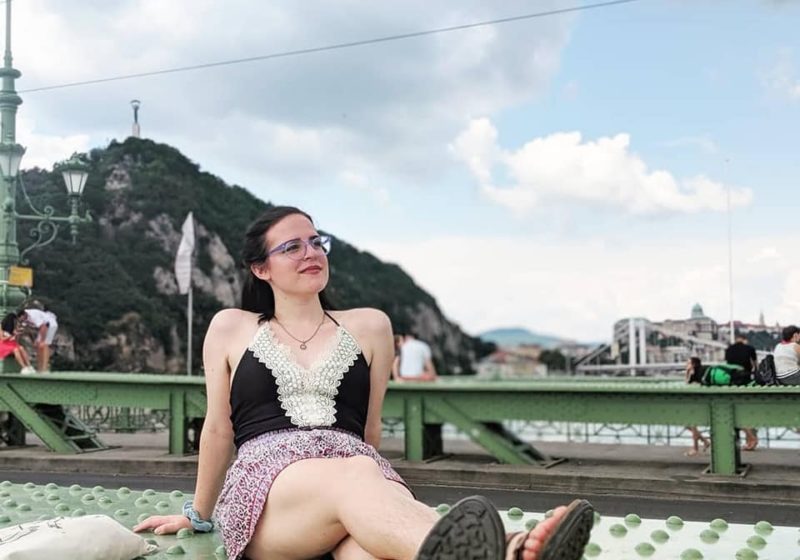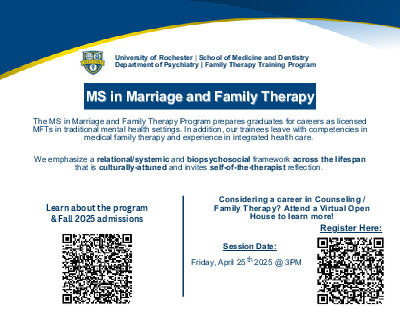Scientists like Bryce Yahn have been researching and coding neural networks from Boston to Berlin to right here in Rochester.
Yahn is a current Take Five Scholar studying photography and perception as a creative process. As an undergraduate student, Yahn majored in Brain and Cognitive Sciences. “I initially went into just neuroscience [because] I didn’t think I was a computer person, I’m a bio[logy] person,” she said. “After slicing mouse brains and collecting mouse DNA, I thought that cells were really cool, but I don’t really like doing this.”
After transferring from Ohio State her sophomore year, Yahn began taking more computer science courses, eventually nabbing an internship position at MIT that following summer. “This was a big learning experience, and it was the first time I coded information,” Yahn said. There, she worked in the Desimone Lab and analyzed electrophysiology data from the dorsal stream of macaque monkeys.
She gathered numerical values and data sets that represented a time series of when neurons had fired and adjusted that information to account for the location of varying areas of the brain and their activity levels. For instance, Yahn found that the brain was more active during perception and when actively performing different experiments. Her research also showed that the receptor fields of neurons located in different areas of the brain (relating to motion perception) are impacted by each other. With MIT research experience under her belt, Yahn headed to Berlin on a DAAD Rise Scholarship, and worked as a summer research assistant in Dr. Rolf’s Lab at Humbölt Universitat zu Berlin. There, she started researching eye movement and tracking. “The big question was trying to see how your attention and visual perception changes in the moments leading up to when you make an eye movement,” she explained.
Eventually, Yahn ended up back at UR, and secured a research position under Dr. Xu through the Computer Science Department, where she delves into more technical and applicative lab work. During this time, Yahn conducted a computer vision study, aiming to come up with an artificial neural network model that would take an inputted image and output the coordinates for the objects in response.
“Essentially, we want[ed] the machine to be able to learn how to do a task that is really easy for humans to do.”
Synthetic images and animations of simple “blocks” and “shapes” of different sizes, materials, and colors were generated for machine learning tasks. For instance, if commanded to identify a “red cube,” the machine would put a box around the appropriate single instance identification.
The challenge was coding the machine to identify groups or sets of multiple objects (called visual grounding for multiple instances). Rather than recognizing a “red cube” or “grey sphere,” it would need to identify the “set of three” red cubes. “Trying to do this was not as straightforward as I had thought,” Yahn said,
Yahn’s research continued through the pandemic, but she missed the in-person help and mentorship that came with active campus life. “I could remotely access the computers and machines in Wegmans Hall, but there was no human interaction other than weekly presentations.”
Both a scientist and student, Yahn offers advice to undergraduates just beginning their research exploration: “If you don’t like what you’re doing, then try something new. Don’t be afraid to change labs, and don’t be discouraged if no one wants to hire you your [first] year.”
After UR, Yahn intends to take a gap year and work in industry. “After that, I’ll reevaluate and maybe go to grad school for computational neuroscience or data science or machine learning!”





